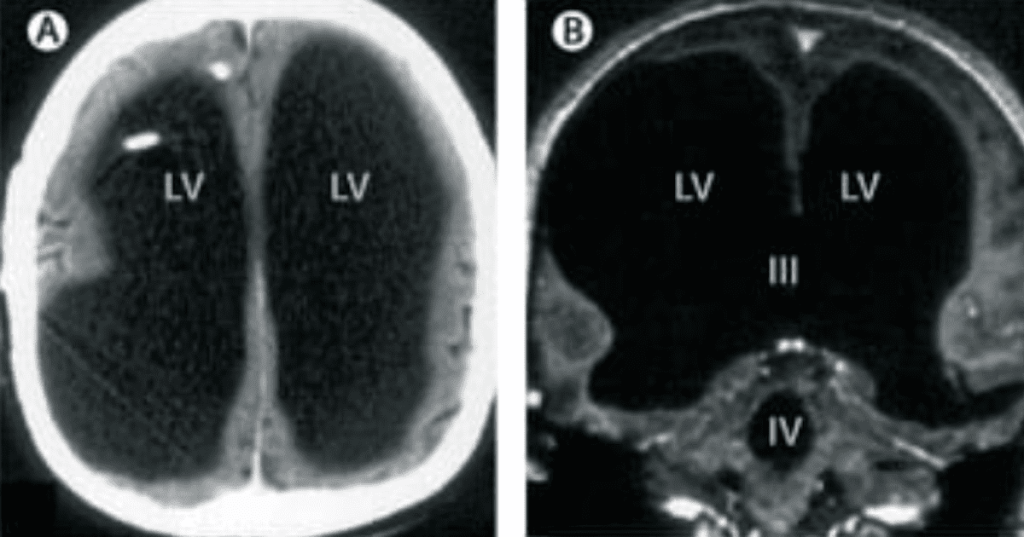Some people say that space, or maybe the planet’s vast oceans, are the last frontier, but I think they’re looking a bit too far afield – because the human brain sits right on top of our bodies, and we really have very little idea what makes it work.
And also, we don’t know what like, 90% of it is actually doing at any given moment, or capable of at all.
What makes us tick? What is responsible for our personalities? What, if anything, exists besides the physical workings of synapses and folded proteins?
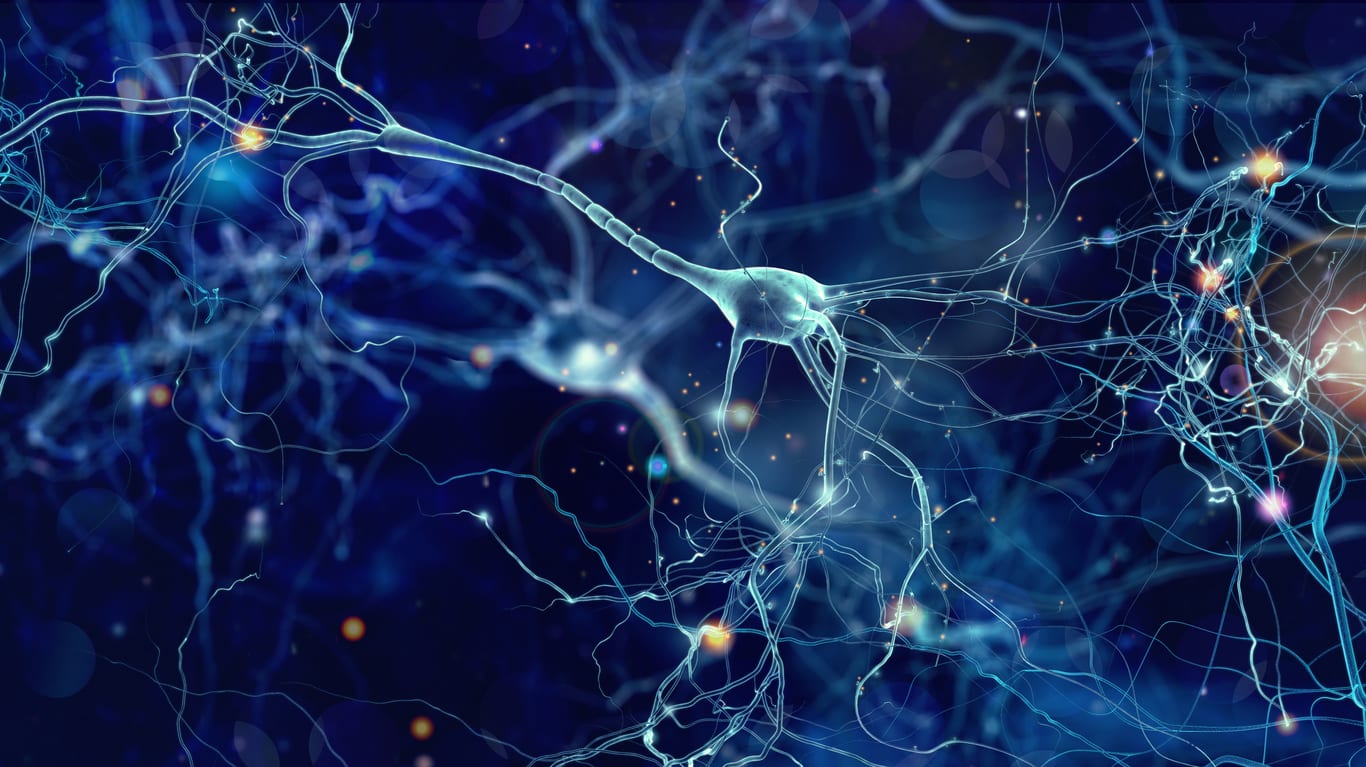
Image Credit: iStock
If you think you’ve got it all figured out, let me tell you about this man missing most of his brain – and still, for all intents and purposes – functions like the rest of us.
In 2007, a man in his mid-40s walked into a clinic in France complaining of a pain in his leg.
Since he’d had similar complaints as a child that had turned out to be linked to cerebrospinal fluid leeching into his brain ventricles, doctors decided to do a scan to see if that could be the culprit again.

Image Credit: The Lancet
They were stunned to find out that not only was his brain full of fluid, but that the ventricles were so swollen that they had replaced virtually everything in his brain except for a thin layer of neurons.
The man suffered no other ill effects that he was aware of – he was working full time and helping to support his wife and two children. Functioning, it would seem, with far fewer working brain regions that was previously thought possible to retain consciousness.
The thalamus, for example, we believe relays sensory signals to the cerebral cortex, and neuroscientists would normally say that it is indispensable for consciousness.
Research on coma patients with major damage in that area has led to that conclusion, as well as scientist’s ability to “switch off” consciousness by stimulating that brain region in epileptic patients.
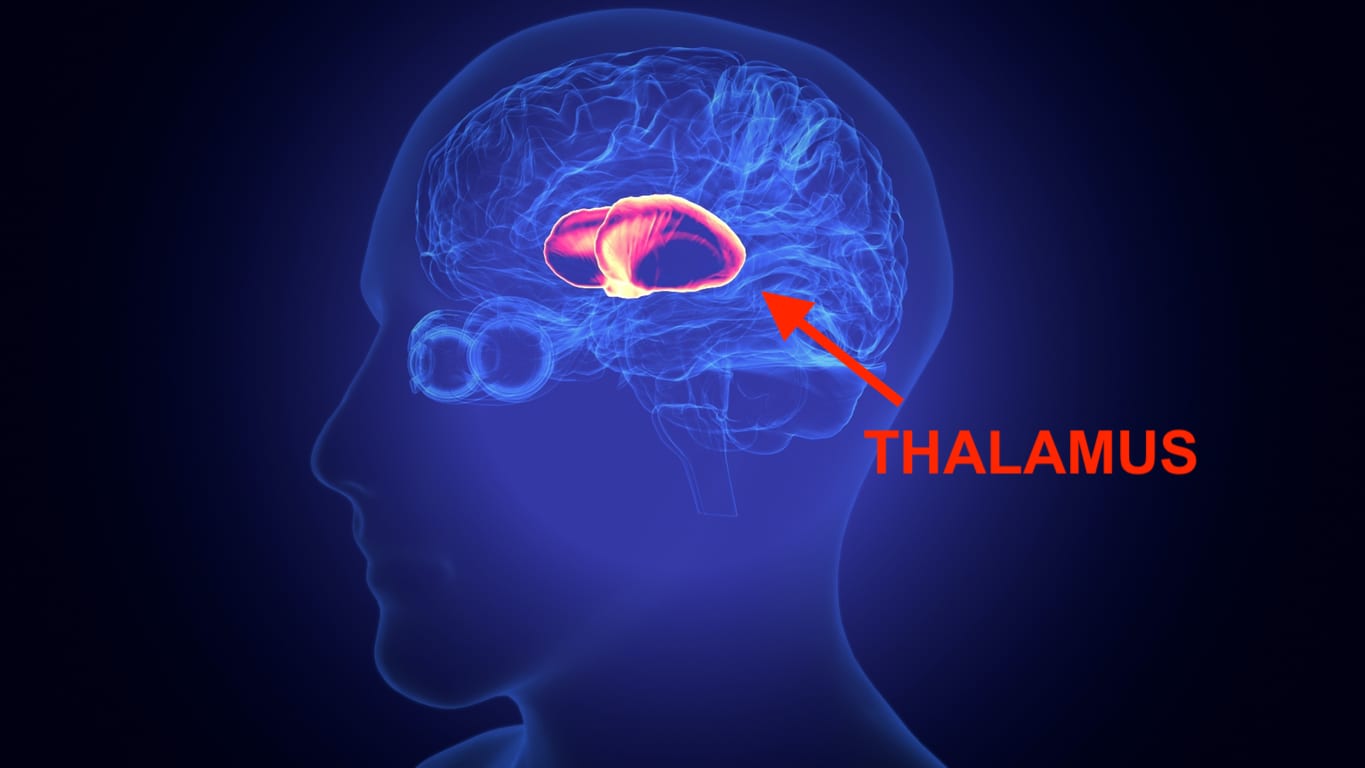
Image Credit: iStock
Similar beliefs have arisen about the brain region known as the claustrum, after like experiments and manipulation. The two areas work communicate extensively.
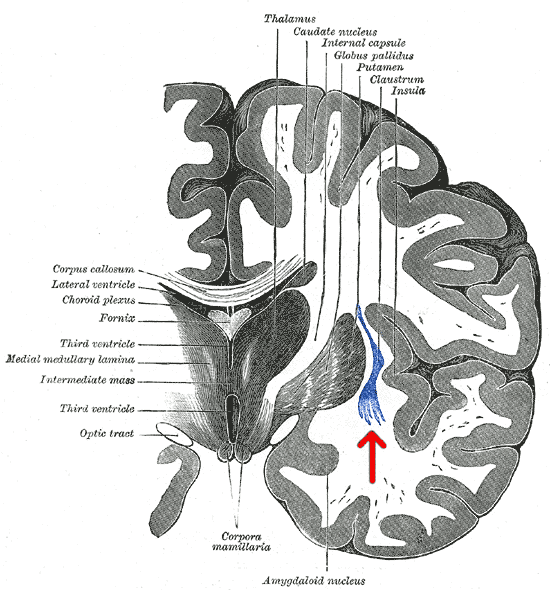
Image Credit: Wikimedia Commons
There are many in the field who have linked consciousness to the structure of the brain, while others have long thought it was due simply to how neurons communicate with each other – this one case seems to lend support to the latter (less widely accepted) theory.
A recent study that examined the patterns of neural activity that take place when we’re forming thoughts found that neurons rarely use the most direct route of communication, but go through many different connections and channels before producing that highly complex impulse.
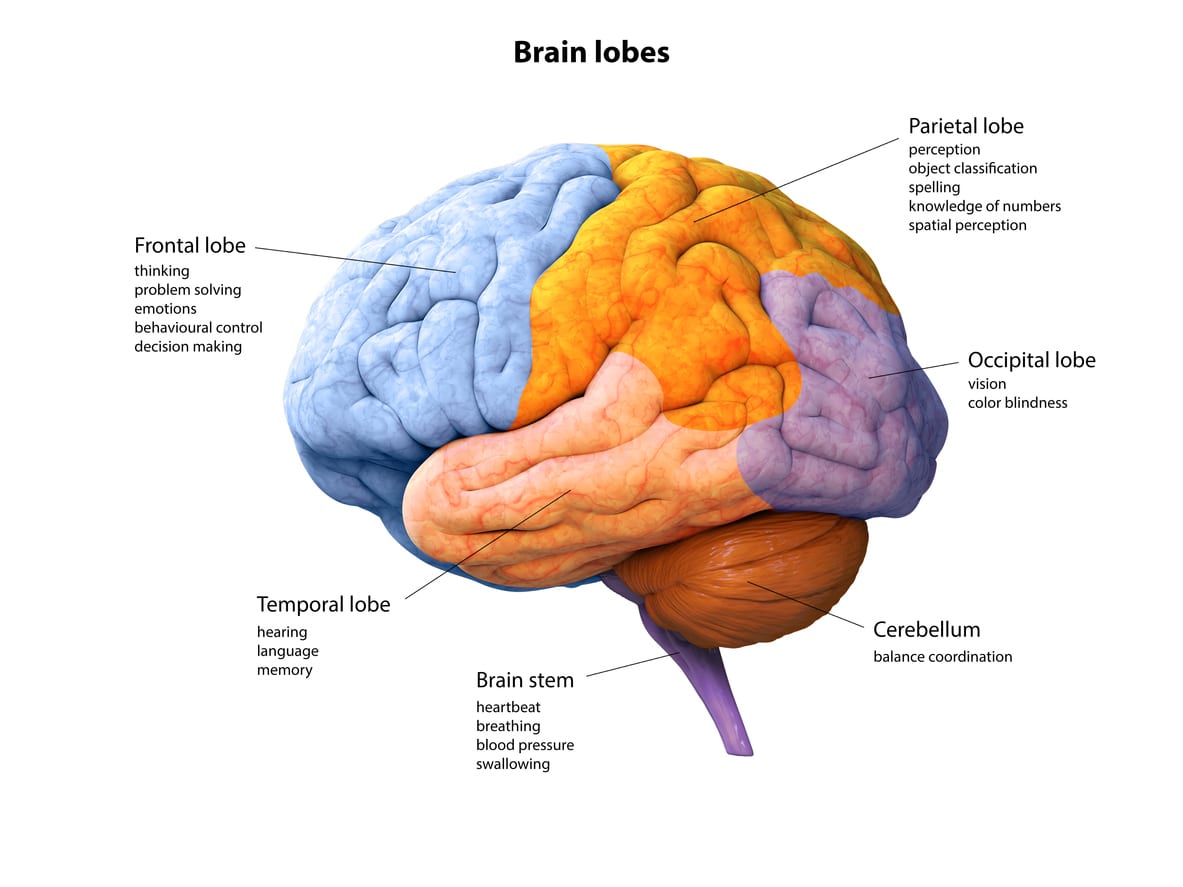
Image Credit: iStock
This is the same idea that lies at the core of the “Radical Plasticity Theory,” which says that consciousness arises as a result of the brain slowly “learning” how to become self aware.
Basically, we still don’t know for sure what makes us us, and what leads to and qualifies as human consciousness.
Like all good and interesting science, what this does is lead to more interesting questions – and an answer to the French guy’s pain in the leg.
To him, that’s definitely something.

